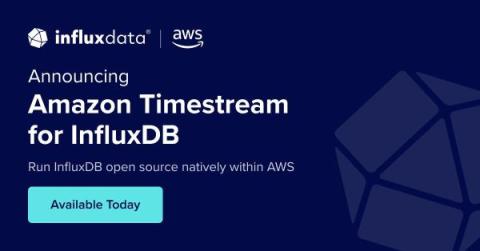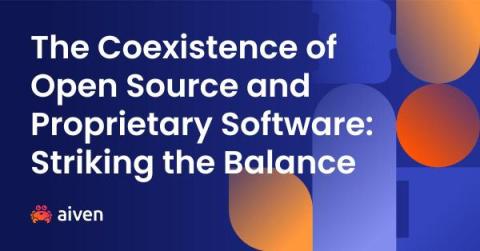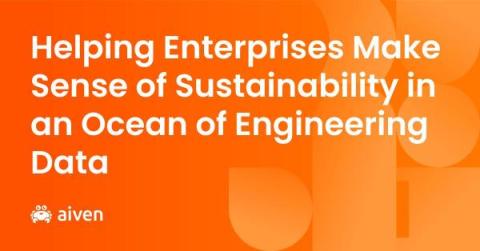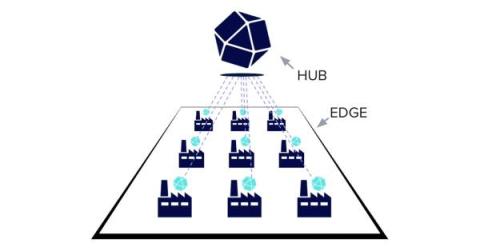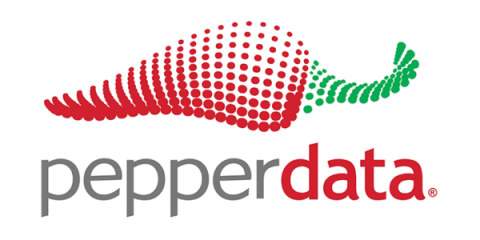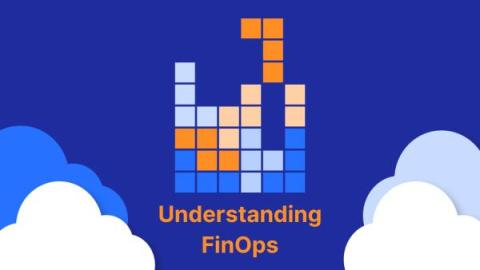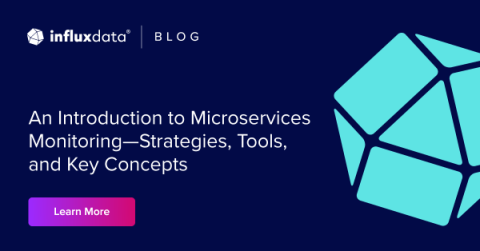AWS Partners with InfluxData to Bring InfluxDB Open Source to Developers Around the World
Today, AWS announced Amazon Timestream for InfluxDB, a new managed offering for AWS customers to run single-instance open source InfluxDB natively within the AWS console. This partnership represents a significant multi-year commitment by AWS to combine its global reach and accessibility with our industry-leading time series database, InfluxDB. AWS adding InfluxDB as a preferred time series database reflects the demand from AWS customers for InfluxDB and evidence of the time series market acceleration.


